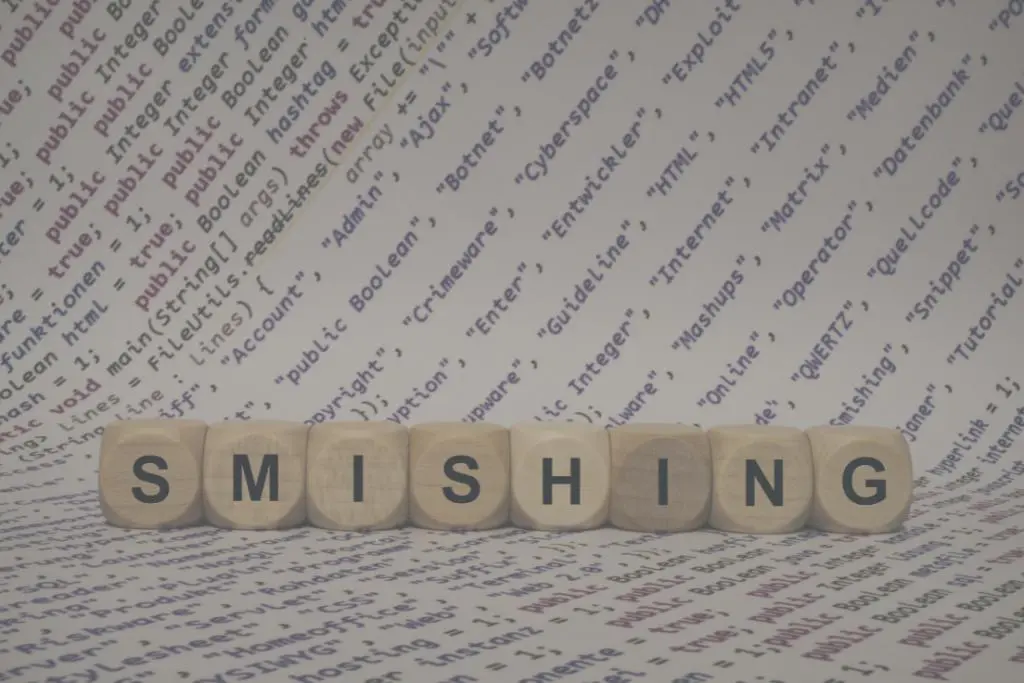Education has evolved rapidly in today’s digital era, with online learning becoming increasingly popular.
As the demand for remote education grows, so does the need to maintain academic integrity. Proctoring plays a crucial role in ensuring the fairness and authenticity of online assessments.
This article explores the concept of proctoring, its importance in the digital learning landscape, and the various methods used to implement it effectively.
Proctoring definition
Proctoring is the process of monitoring and supervising online (or digital assessments to ensure academic integrity.
It prevents cheating and maintains fairness in evaluating a student’s knowledge and skills. By leveraging technology, proctoring enables educational institutions to conduct secure exams remotely.
Importance of Proctoring in Online Assessments
With the rise of online learning, traditional methods of invigilation are no longer viable.
Proctoring fills this gap by providing a robust system to authenticate students, monitor their activities, and identify any signs of academic dishonesty.
It instills confidence in the evaluation process, ensuring the credibility of online education.

What are the main types of online proctoring?
There are different approaches to proctoring, each with its own advantages and limitations. Let’s explore the three main types of proctoring:
Live Proctoring
Live proctoring involves a real-time connection between the student and the proctor via video conferencing.
The proctor monitors the exam session, verifies the student’s identity, and actively watches for any signs of misconduct.
They can intervene if necessary, making it a highly secure form of proctoring. However, it requires scheduling and coordination between the student and the proctor.
Automated Proctoring
Automated proctoring utilizes advanced algorithms and machine learning to monitor the exam session without real-time human intervention.
It relies on facial recognition, eye tracking, and audio analysis to detect any suspicious behavior. Automated proctoring offers flexibility and scalability, allowing multiple exams to be proctored simultaneously.
However, it may have limitations in identifying certain forms of cheating.
Subscribe today to SMOWL’s weekly newsletter!
Discover the latest trends in eLearning, technology, and innovation, alongside experts in assessment and talent management. Stay informed about industry updates and get the information you need.
Simply fill out the form and stay up-to-date with everything relevant in our field.
Recorded Proctoring
Recorded proctoring captures the entire exam session for later review by authorized personnel. The system records the student’s screen, audio, and webcam feed.
The recording can be analyzed to identify any irregularities or instances of cheating. Recorded proctoring provides a deterrent effect, as students know their actions are being monitored. However, it lacks real-time intervention and immediate feedback.

How does proctoring work?
Now that you understand proctoring, it’s time to explore how it is implemented.
The initial authentication of the test-taker is accomplished through a visual inspection of the student’s image. The camera captures this picture when they connect to the system. Subsequently, the system compares it with the digital identification (such as a photo or IDs) that the student, candidate, or employee had previously provided.
This authentication can also be conducted using previously available images from the educational institution, the human resources department, or the company.
During the online test, facial recognition is performed sequentially by capturing images through the computer’s webcam.
To ensure that the test-taker does not seek assistance from external sources, web proctoring tools conduct additional checks on individuals present in the test environment and visible in the camera footage. These checks are referred to as Room Tours.
Furthermore, automated proctoring monitors the test-takers access to online help web pages. This is done by observing the browser or computer used for the test or assessment.
The proctoring software also utilizes Room Tours techniques to provide a real-time comprehensive view of the room or space where the test-taker is situated. This is done to verify that they are not using external mobile devices (such as smartphones, tablets, laptops, etc.).
This technology also ensures that test-takers do not use headphones through meticulous monitoring of captured images and supervision of external devices connected to the computer.
In some instances, two cameras are employed for monitoring: one on the computer and another on the test-takers cellphone or other devices.
Benefits of Proctoring
Proctoring offers several benefits in the context of online assessments:
Maintaining Academic Integrity
By actively monitoring exams, proctoring ensures the integrity of the evaluation process. It helps to prevent cheating, plagiarism, and other forms of academic misconduct, thereby upholding the value of education.

Deterrence of Cheating
The knowledge that exams are proctored acts as a deterrent to potential cheaters. The presence of proctoring systems discourages students from engaging in dishonest practices, promoting a fair and level playing field for all learners.
Enhancing the Credibility of Online Education
Proctoring contributes to the credibility of online education by providing an equivalent level of scrutiny as traditional in-person exams. Employers and academic institutions can trust the validity of the assessments conducted online.
Challenges and Concerns
While proctoring offers significant advantages, it also presents challenges and concerns that need to be addressed:
Privacy and Data Security
Proctoring involves collecting and storing sensitive data, including biometric information and exam recordings. Institutions must prioritize data security and adhere to relevant privacy regulations to maintain trust.
Accessibility and Accommodations
Proctoring systems should be accessible to all students, including those with disabilities or special accommodations. Institutions must ensure that the technology used for proctoring does not create barriers for learners.
Ethical Considerations
Proctoring raises ethical questions regarding surveillance and privacy invasion. Institutions need to establish clear policies and guidelines that respect students’ rights while maintaining the integrity of the assessment process.
Best Practices for Proctoring
To implement proctoring effectively, consider the following best practices:
Clear Communication and Guidelines
Educate students about the proctoring process, including its purpose, limitations, and expectations. Provide clear guidelines on acceptable behavior during exams to avoid any confusion.
Training for Proctors
Proctors should receive comprehensive training on proctoring procedures, ethics, and intervention protocols. This ensures they are well-prepared to handle various situations and maintain consistency in their approach.
Providing Support to Students
Offer technical support and resources to students to familiarize them with the proctoring system. Address any concerns or queries they may have, promoting a positive and supportive environment.
Continuous Improvement and Evaluation
Regularly assess the effectiveness of proctoring practices and solicit feedback from students and proctors. This helps identify areas for improvement and ensures the proctoring system evolves with changing needs.
The present and future of Proctoring
As technology advances, the present and future of proctoring holds promising possibilities:
Advancements in AI and Machine Learning
AI-powered proctoring systems will become more sophisticated in detecting cheating behaviors. Machine learning algorithms will continuously learn from new data to enhance their accuracy and effectiveness.
Integration with Learning Management Systems
Proctoring solutions integrate seamlessly with learning management systems (LMS), streamlining the exam process for students and instructors. This integration provides a unified platform for conducting and monitoring assessments.
Personalized and Adaptive Proctoring
Proctoring systems will adapt to individual student behaviors and patterns. They will personalize the monitoring process, focusing on areas where a student has historically shown higher risks of cheating.
Do you know now what proctoring is? Don’t waste a minute and request a free and personalized demo now.
Your educational and job training online supervision problems could be over, thanks to our proctoring products.
Download now!
8 interesting
facts
about proctoring
Discover everything you need about online proctoring in this book to know how to choose the best software.
Fill out the form and download the guide now.
And subscribe to the weekly SMOWL newsletter to get exclusive offers and promotions.
You will discover all the trends in eLearning, technology, innovation, and proctoring at the hands of evaluation and talent management experts.



